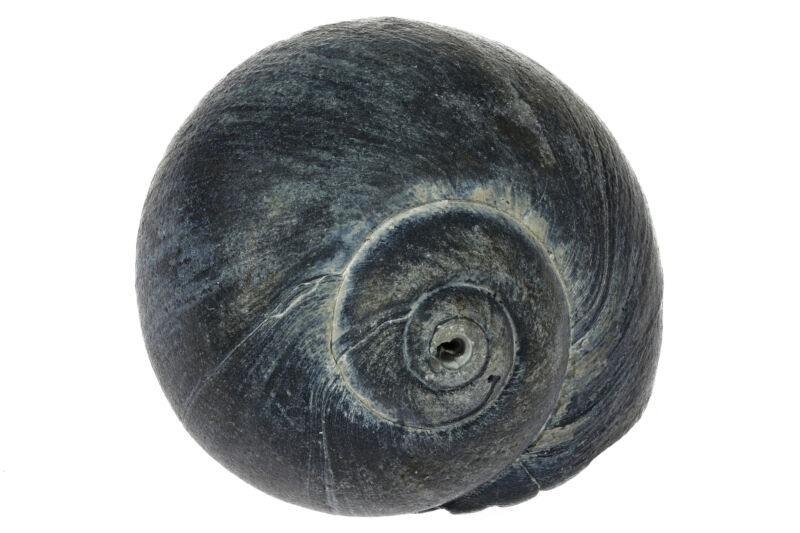Big evolutionary change tied to lots of small differences

Enlarge / An example of a Littorina species, the common periwinkle. (credit: Bjoern Wylezich)
The version of evolution proposed by Charles Darwin focused on slow, incremental changes that only gradually build into the sort of differences that separate species. But that doesn't rule out the potential for sudden, dramatic changes. Indeed, some differences make it difficult to understand what a transitional state would look like, suggesting that a major leap might be needed.
A new study looks at one major transition: the shift from egg-laying to live births in a set of related snail species. By sequencing the genomes of multiple snails, the researchers identified the changes in DNA that are associated with egg-laying. It turns out that a large number of genes are associated with the change despite its dramatic nature.
Giving up eggsThe snails in question are in a genus called Littorina, which are largely distributed around the North Atlantic. Many of these species lay eggs, but a number of them have transitioned to live births. In these species, an organ that coats eggs with a protein-rich jelly in other species instead acts as an incubator, allowing eggs to develop until young snails can crawl out of their parent's shells. This is thought to be an advantage for animals that would otherwise have to lay eggs in environments that aren't favorable for their survival.